The Serengeti, a vast African savanna, teems with life and drama. Every day, hunters and hunted engage in a timeless dance of survival. From the towering grasses to the scattered acacia trees, predators lurk, ready to pounce. These skilled hunters have honed their tactics over millennia, each with its own unique approach to the chase. Some rely on raw power, others on stealth, and a few on teamwork. Let’s explore the most fearsome hunters that call this wild paradise home.
African Lion
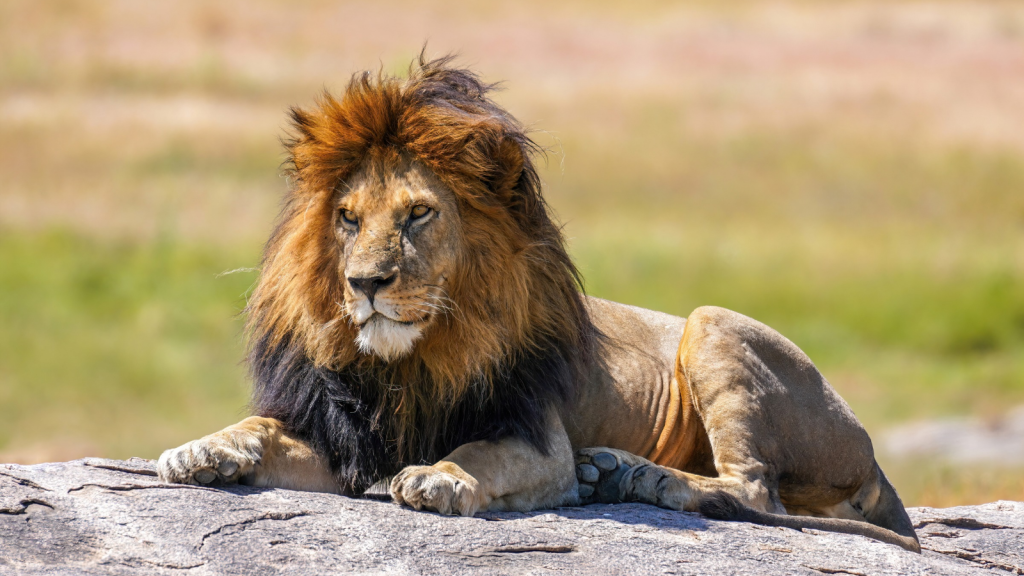
The African lion reigns supreme in the Serengeti. These massive cats, with their iconic manes, are the only truly social big cats. They hunt in prides, taking down prey as large as wildebeest and zebra. Their thunderous roars can be heard for miles, striking fear into the hearts of their prey. A male lion’s mane serves as a sign of fitness to females and a deterrent to rival males, with darker, fuller manes indicating a healthier, stronger individual.
Spotted Hyena
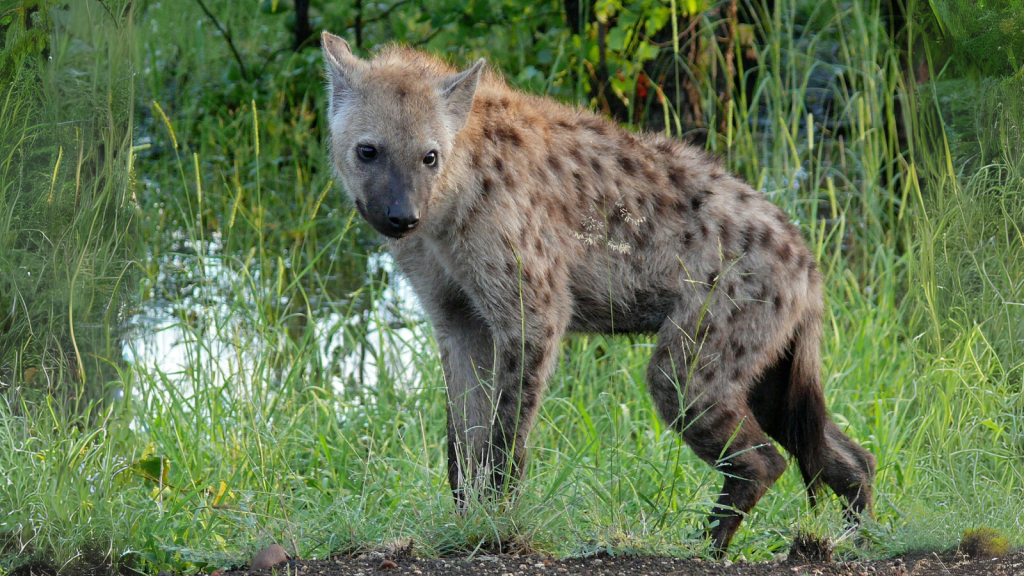
Often misunderstood, spotted hyenas are formidable predators in their own right. They’re not just scavengers but skilled hunters with powerful jaws that can crush bone. Hyenas work together in clans, using their stamina to wear down prey over long chases. Interestingly, hyena clans are matriarchal, with females being larger and more dominant than males.
Cheetah
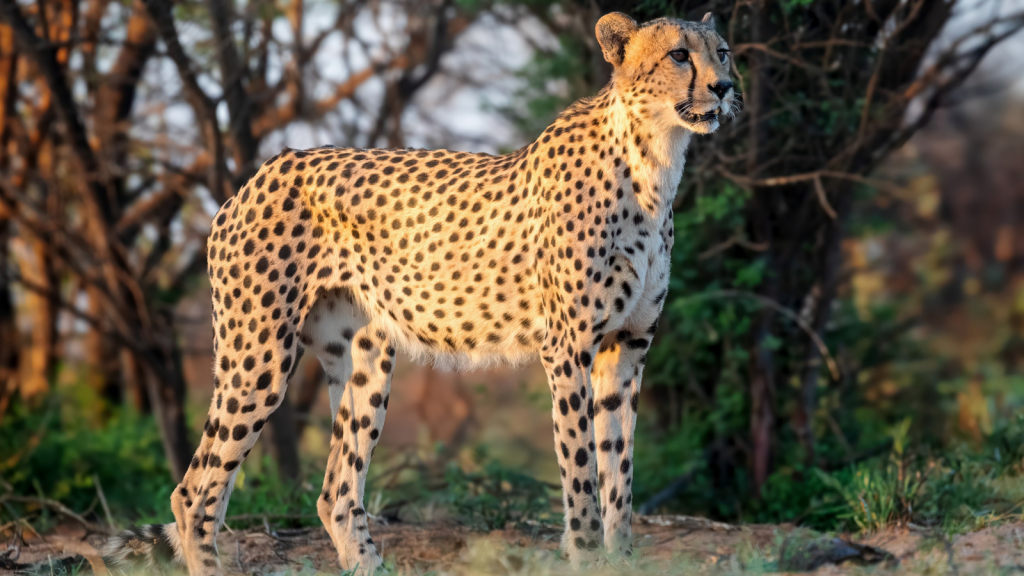
The cheetah is built for speed, capable of reaching 70 mph in short bursts. These sleek cats rely on their incredible acceleration to catch fast-moving prey like gazelles. Their claws, unlike other cats, don’t retract fully, giving them extra grip during high-speed chases. Cheetahs have distinctive tear marks running from their eyes to their mouths, which may help reduce glare from the sun during daytime hunts.
Leopard
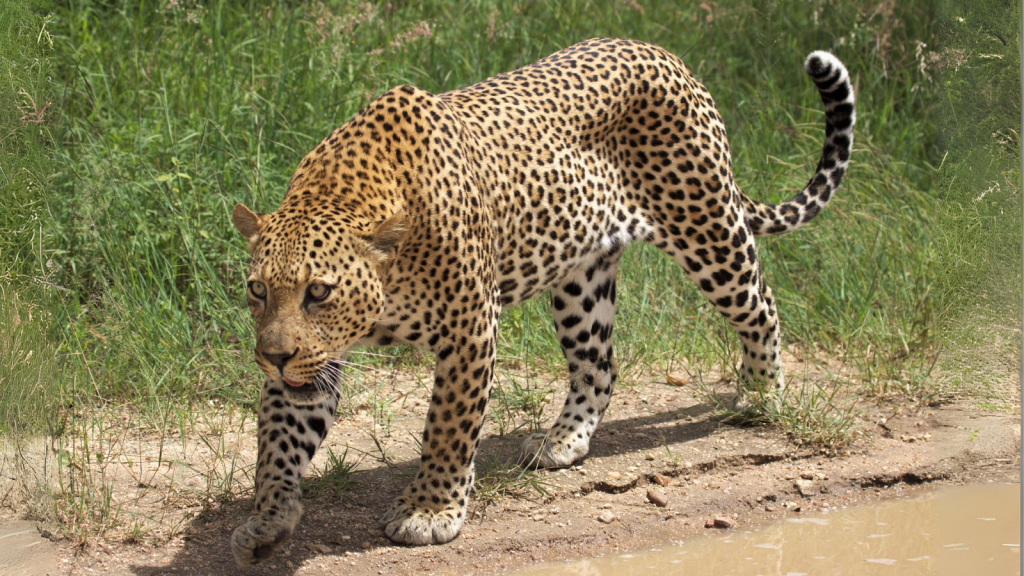
Masters of stealth, leopards are solitary hunters that excel in ambush tactics. They’re incredibly strong, often dragging prey twice their weight up into trees to keep it safe from other predators. Their spotted coats provide perfect camouflage in the dappled light of the savanna. Leopards are excellent climbers and swimmers, making them adaptable to various habitats within the Serengeti ecosystem.
Nile Crocodile
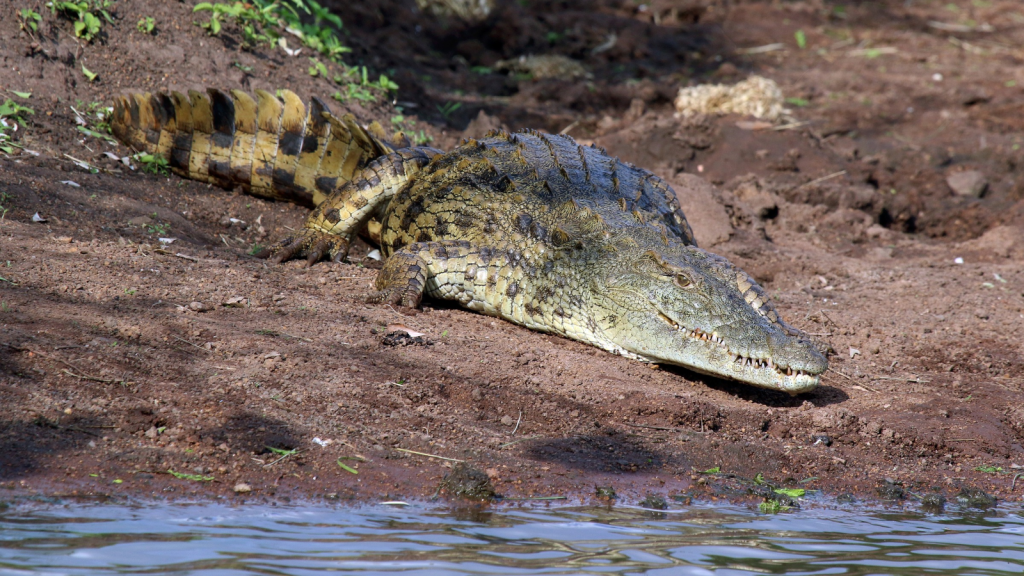
These ancient reptiles lurk in the rivers and water holes of the Serengeti. Nile crocodiles can grow up to 20 feet long and lie in wait for unsuspecting animals coming to drink. Their powerful jaws snap shut with tremendous force, dragging prey into the water. Nile crocodiles have the strongest bite of any animal on Earth, measured at up to 5,000 pounds of pressure per square inch.
African Wild Dog
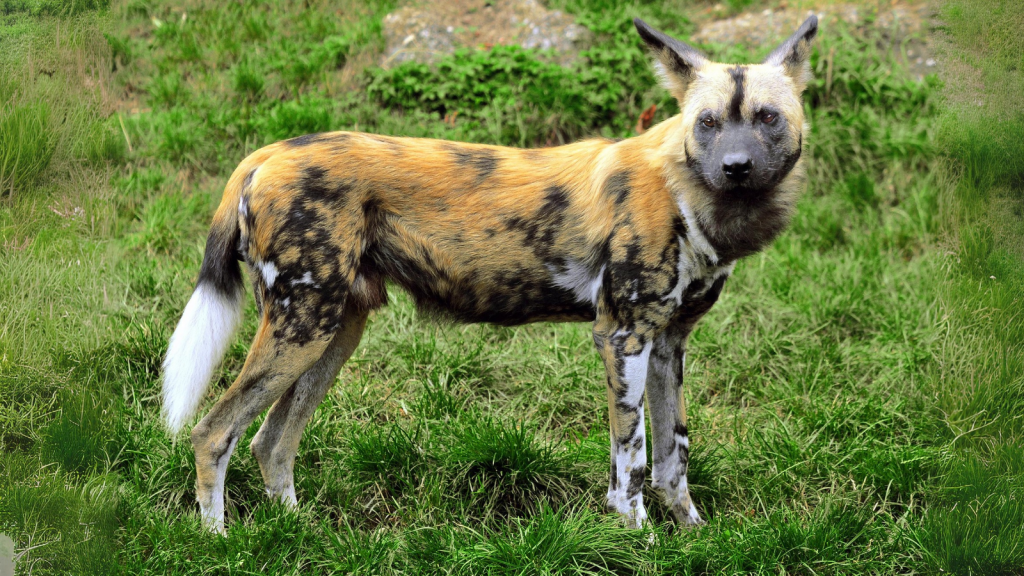
Also known as painted wolves, these canines are among Africa’s most successful hunters. They work in packs, using stamina and teamwork to run down their prey. Wild dogs are known for their distinctive Mickey Mouse-like ears and mottled coats. They have a unique voting system where pack members ‘sneeze’ to decide when to begin a hunt, with a majority needed to set off.
Martial Eagle
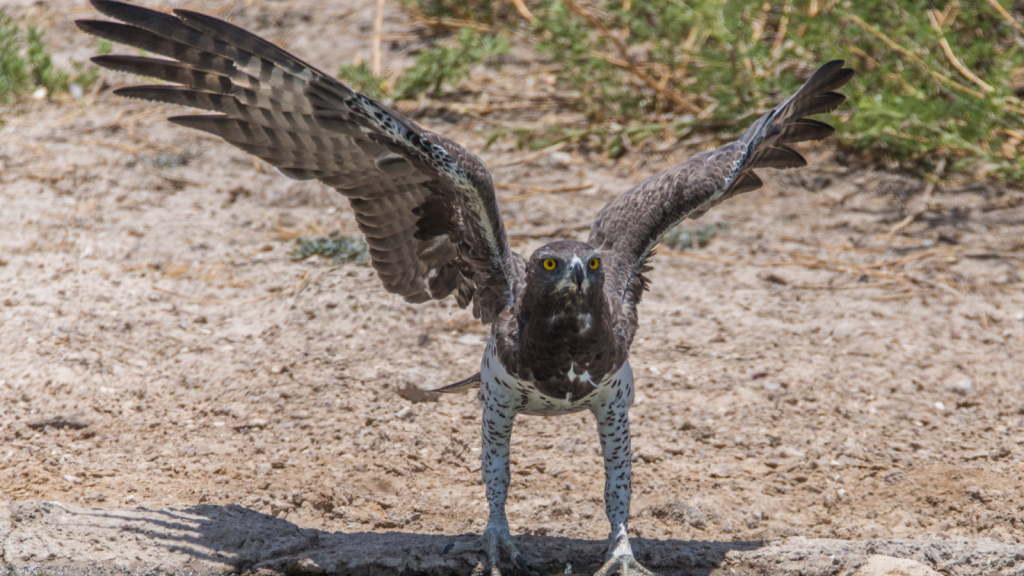
The largest eagle in Africa, the martial eagle is a formidable aerial predator. With a wingspan of up to 6.5 feet, it can take down prey as large as small antelopes. These birds have incredibly keen eyesight, spotting potential meals from great heights. Martial eagles are known to hunt monkeys, which requires stealth and precision to catch these agile primates unawares.
Black Mamba
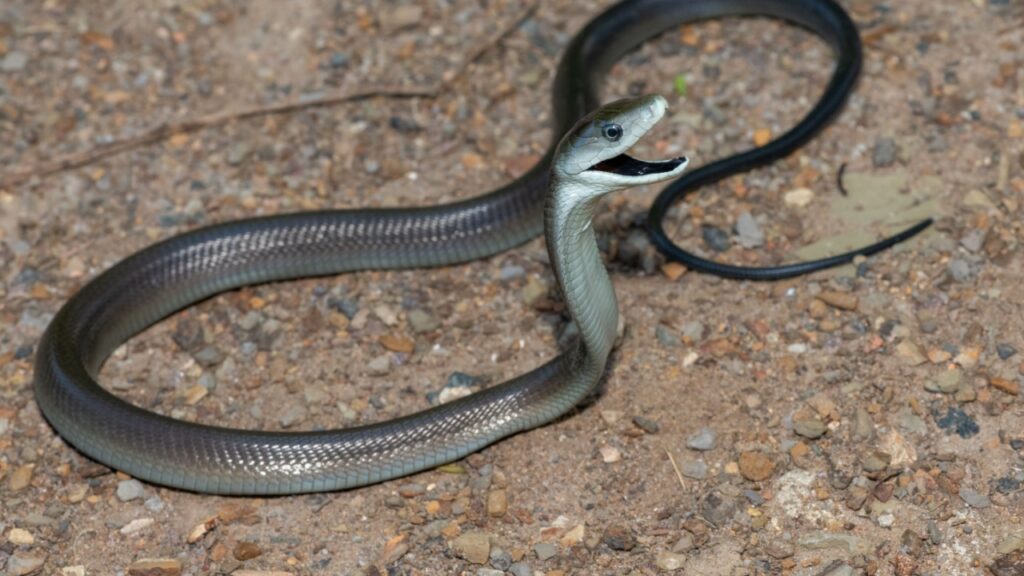
One of Africa’s deadliest snakes, the black mamba is a feared predator of the Serengeti. It’s not actually black, but a dark olive color, and can move at speeds up to 12 mph. Its venom is highly toxic, capable of killing a human in just a few hours without treatment. Black mambas are also known for their aggressive defense, often standing their ground and striking repeatedly when threatened.
Serval
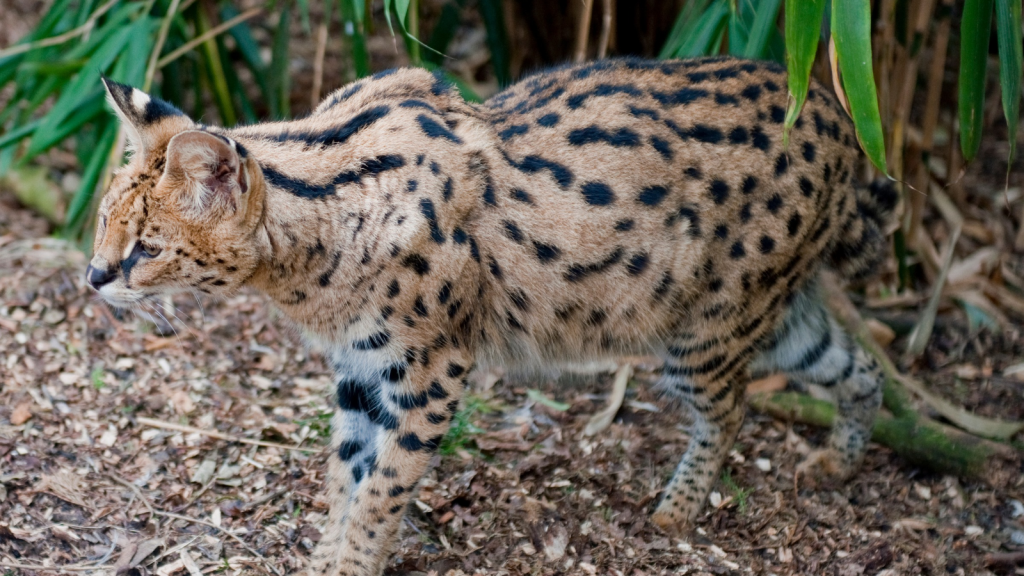
This medium-sized wild cat is a specialist in catching small prey. Servals have the longest legs relative to body size of any cat, allowing them to leap high and pounce on rodents and birds. Their large ears give them exceptional hearing for locating prey in tall grass. Servals can jump up to 10 feet in the air to catch birds mid-flight, showcasing their incredible agility.
African Rock Python

Africa’s largest snake, the rock python, is a powerful constrictor. These giants can grow over 20 feet long and are capable of swallowing prey as large as antelopes. They use their strong coils to squeeze the life out of their victims before swallowing them whole. Rock pythons have heat-sensing pits along their jaws, allowing them to detect warm-blooded prey even in complete darkness.
Secretary Bird
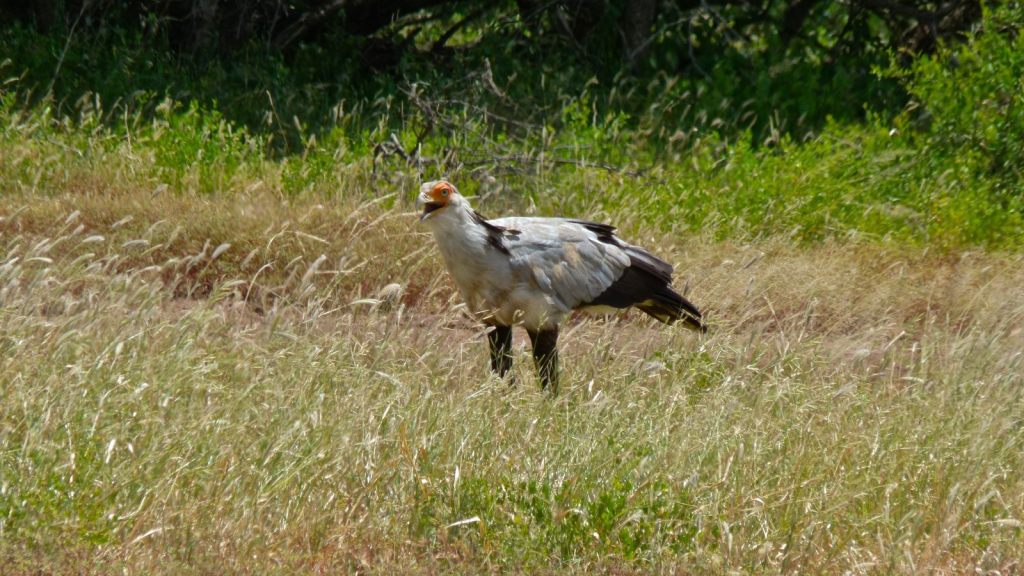
This unique bird of prey stands nearly 4 feet tall and hunts on foot. Secretary birds are known for their method of stomping on prey with their powerful legs, using their wings for balance. They’re skilled hunters of snakes, including venomous species. The secretary bird’s scientific name, Sagittarius serpentarius, refers to its snake-hunting prowess, with ‘serpentarius’ meaning ‘snake-handler’.
Honey Badger
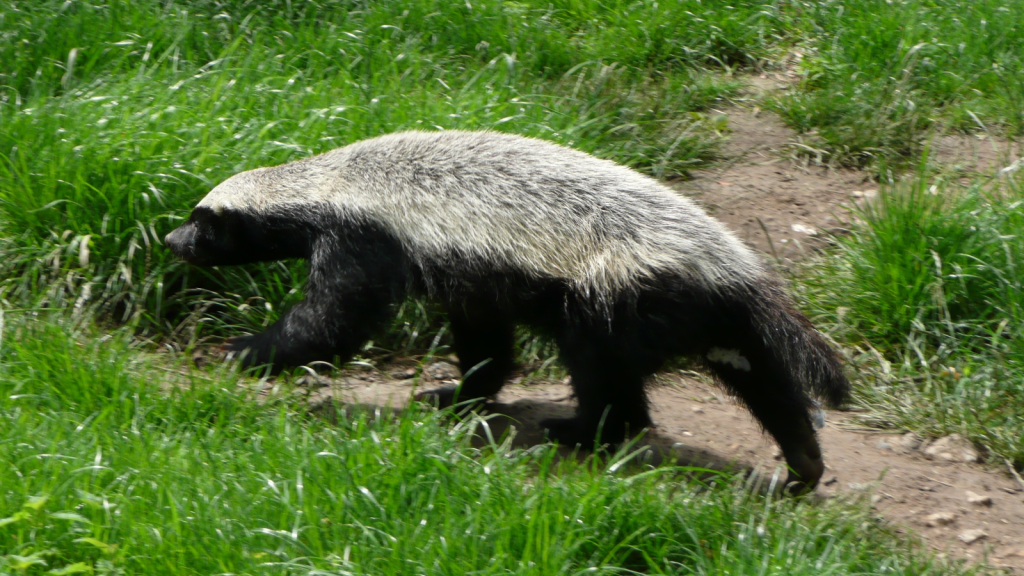
Don’t let its small size fool you – the honey badger is one of Africa’s most fearless animals. These tough creatures have loose, thick skin that protects them from bites and stings. They’re known to stand up to lions and have even been seen chasing them away from kills. Honey badgers have been observed using tools, such as logs or stones, to reach beehives, showcasing their intelligence and problem-solving skills.
Tawny Eagle
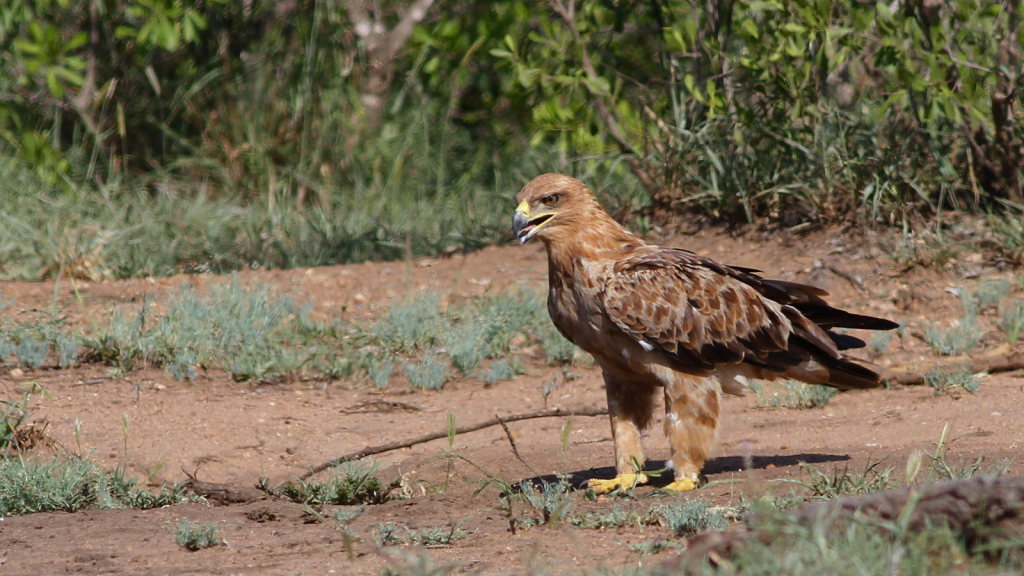
Another of the Serengeti’s impressive raptors, the tawny eagle is a versatile hunter. It preys on a wide variety of animals, from small mammals to other birds. These eagles are also known to steal food from other predators, a behavior called kleptoparasitism. Tawny eagles have been known to work in pairs to hunt prey, with one bird distracting the target while the other swoops in for the kill.
African Civet
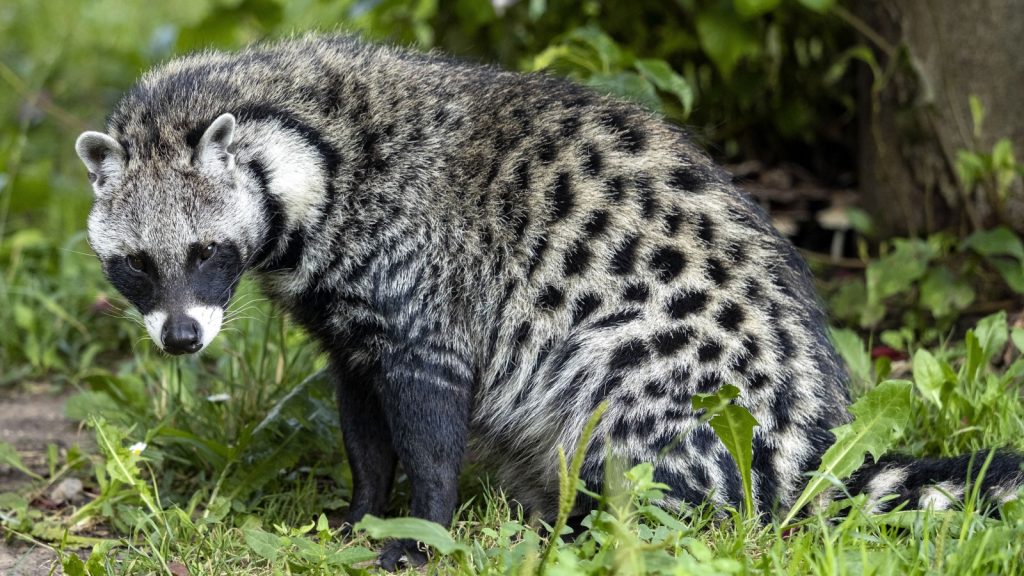
This nocturnal carnivore is rarely seen but plays an important role in the Serengeti’s ecosystem. Civets are omnivorous, eating everything from fruits to small animals. Their distinctive black and white markings help them blend into the shadows of night. Civets are known for producing a musk used in perfumes, though synthetic alternatives are now more common due to animal welfare concerns.
Bat-Eared Fox
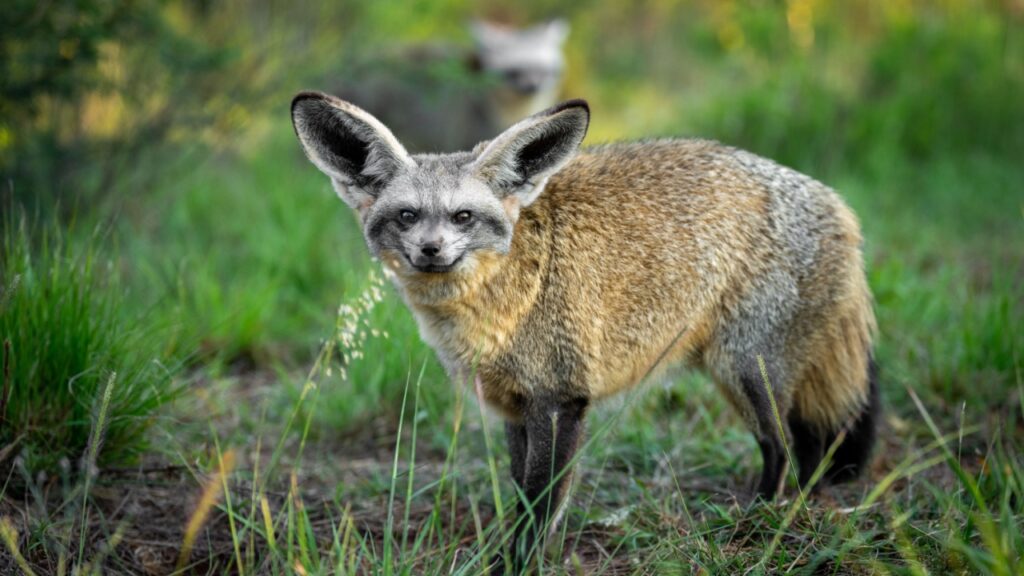
Named for their enormous ears, bat-eared foxes are specialist insect eaters. They use their sensitive hearing to locate termites and beetles underground. These small canines are mostly active at night, avoiding the heat of the Serengeti day. Bat-eared foxes can rotate their ears independently, allowing them to pinpoint the exact location of their insect prey with remarkable accuracy.
African Crowned Eagle
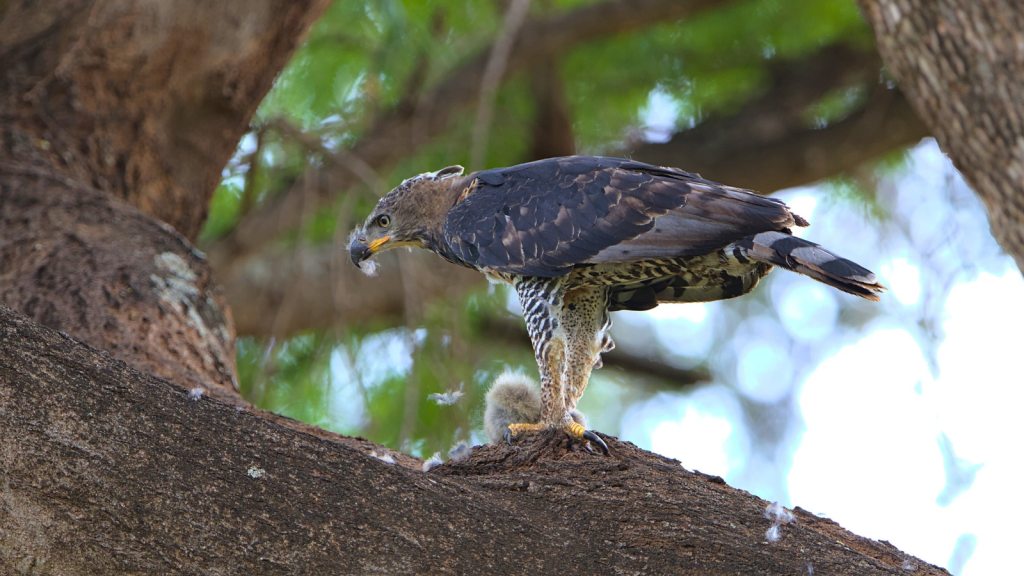
This powerful eagle is known as the “leopard of the sky” due to its hunting prowess. African crowned eagles specialize in hunting monkeys and small antelopes, using their strong talons to snatch prey from trees or the ground. They’re known for their distinctive crest of feathers. These eagles build massive nests that can weigh up to 180 kg (400 lbs) and are often used for multiple breeding seasons.
Becky is a fervent wildlife enthusiast and pet care expert with a diploma in canine nutrition. Her love for animals stretches beyond the domestic, embracing the wild tapestry of global fauna. With over a decade of experience in animal welfare, Becky lends her expertise to OutlandishOwl through insightful articles, captivating wildlife information, and invaluable guidance on pet nutrition. Her work embodies a deep commitment to understanding the intricate lives of animals and a passion for educating others on sustaining natural habitats. Becky's hands-on conservation efforts and her knack for translating complex dietary science into practical pet feeding tips make her an indispensable voice for creatures great and small.




